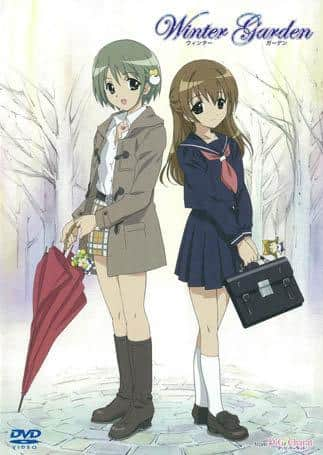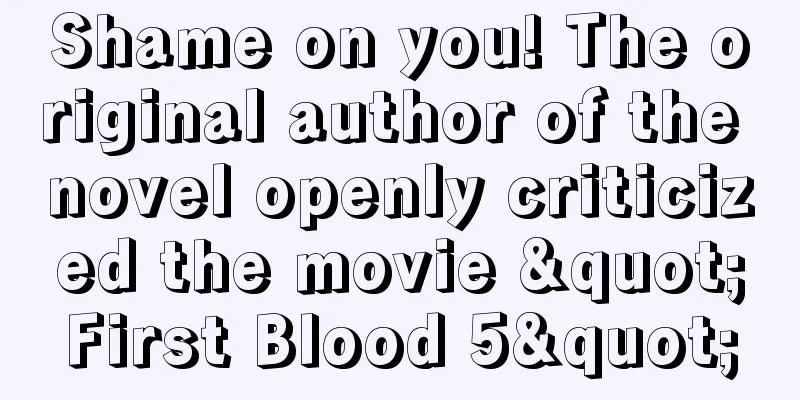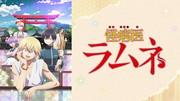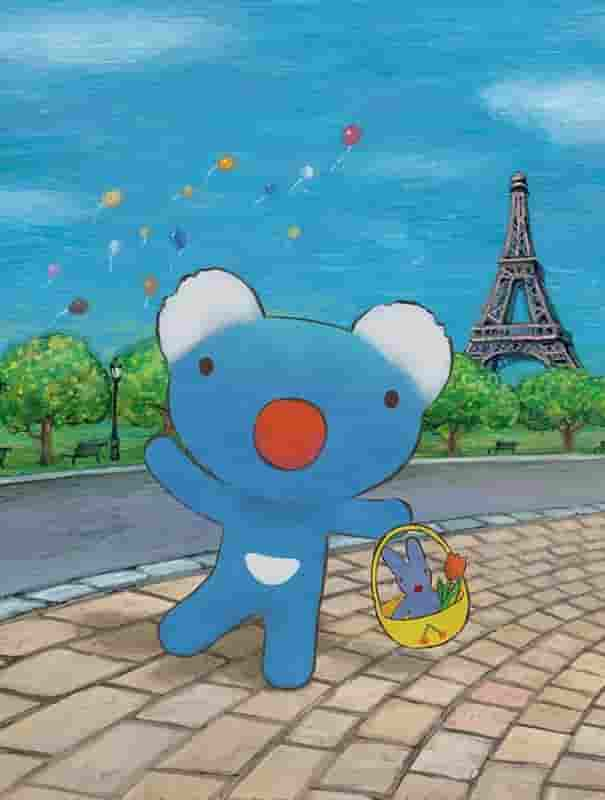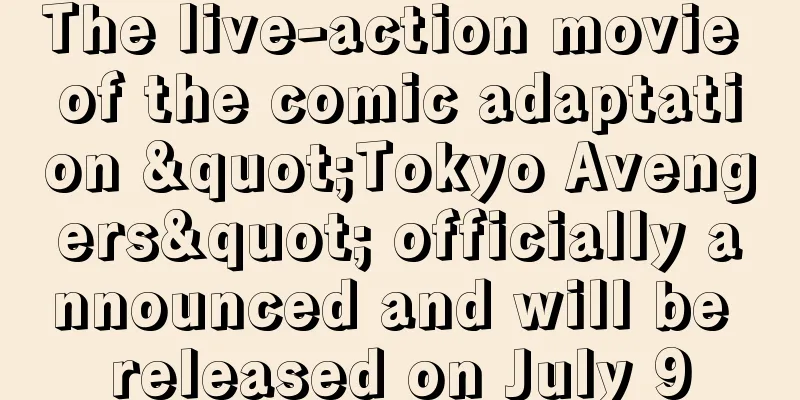The Appeal and Evaluation of "The Tongue-Cut Sparrow": A Modern Interpretation of a Classic Fairy Tale

The charm and history of the cut-tongue sparrowReleased on January 1, 1928, "The Tongue-Cut Sparrow" is one of the most important works in the history of Japanese animation. This work was produced by Kanai Ichiro and Yamamoto Sanae of Tokyo Senga Film Factory and was created as an original anime. Although it is a short work with only one episode, its story and message are still loved by many people today. Story SummaryThe story of "The Tongue-Cut Sparrow" is an animated version of the well-known folk tale "The Tongue-Cut Sparrow." The story begins with an honest and kind old man rescuing a sparrow that is being held captive by a cat. While the old man is in the mountains mowing the grass, the sparrow escapes from its cage and licks the glue that the old woman next door uses for washing. As a result, the sparrow's tongue is cut off by the old woman. The old man heads into the mountains in search of sparrows, and is picked up from the sparrows' house as the sun sets. He is treated to a feast at the sparrows' house and given the lighter tsuzura as a souvenir. When he returns home and opens the tsuzura, he finds it filled with treasures. Seeing this, the greedy old woman next door also goes to the sparrows' house and gets the heavy tsuzura. However, all that comes out of it are ghosts. This story teaches the moral that good deeds are rewarded, while greed is punished. Production background and technology"The Tongue-Cut Sparrow" was produced in the 1920s, at the dawn of Japanese animation. During this time, hand-drawn cel animation was still the norm, and there were many technical limitations. However, "The Tongue-Cut Sparrow" was highly praised among its predecessors, and had expressive power that exceeded the technical standards of the time. The two creators of the film, Ichiro Kanaiki and Sanae Yamamoto, are both known as pioneers of animation. The characters they created were simple yet emotive, leaving a deep impression on viewers. The film was also praised for its skillful storytelling, developing the story effectively in a short time frame. Cultural influence and recognition"The Tongue-Cut Sparrow" occupies an important place in the history of Japanese animation films. This work had a great influence on later animation works, and many creators drew inspiration from it. It has also been valued from an educational point of view, and has been used as a way to teach children the difference between right and wrong and to teach moral lessons. Furthermore, "The Tongue-Cut Sparrow" has been highly praised not only in Japan but also overseas. In particular, the universality of the story and the beauty of the animation have been highly praised, and the film has had the opportunity to be screened at international animation film festivals. This has also helped to bring Japanese animation culture to wider recognition around the world. Details and appeal of the workThe appeal of "The Tongue-Cut Sparrow" lies in its simple yet profound story. Through the contrast between the grandfather's kindness and the grandmother's greed, the film makes viewers think about the difference between good and evil and the true nature of human beings. The scenes at the sparrow's house also depict the warm family ties and feelings of gratitude, warming the hearts of viewers. In terms of technical animation, "The Tongue-Cut Sparrow" is also an excellent work. In particular, the depiction of the sparrow's movements and expressions is extremely realistic, encouraging the viewer to empathize with the animal. The backgrounds are also beautifully depicted, with careful attention to detail in the natural scenery and the interior of the sparrow's house. The combination of these elements makes "The Tongue-Cut Sparrow" a visually appealing work. Recommendations and related worksIf you enjoyed "The Tongue-Cut Sparrow," we recommend other works that are also part of the history of Japanese animation. For example, "Momotaro" and "Urashima Taro" are also known as animations based on old tales. Like "The Tongue-Cut Sparrow," these works also convey moral lessons and allow you to enjoy the beauty of animation. There are also some modern animations in which you can feel the influence of "The Tongue-Cut Sparrow." For example, Studio Ghibli's "My Neighbor Totoro" and "Spirited Away" have themes in common with "The Tongue-Cut Sparrow" in that they depict nature and family ties. Through these works, you can gain a deeper understanding of the appeal of "The Tongue-Cut Sparrow." summary"The Tongue-Cut Sparrow" is a Japanese animated film released in 1928, whose story and techniques are still loved by many people today. The film conveys the moral lesson that good deeds are rewarded while greed is punished, and is visually appealing and deeply moving to viewers. Experience the history and charm of Japanese animation culture through "The Tongue-Cut Sparrow." |
>>: The appeal and evaluation of "Star": Exploring the depths of anime
Recommend
"Hello, Li Huanying" chose a guaranteed release, which made Jia Ling lose 70 million yuan
During this year's Spring Festival, Jia Ling&...
The appeal and reviews of "Macross Dynamite 7": A must-see for fans?
Macross Dynamite 7 - Basara Nekki's New Adven...
Jet Li shared a photo with his daughter for the first time. The wedding room he designed for his daughter is extremely luxurious
Recently, Jet Li shared a photo of himself and hi...
Takashi Shimizu's new horror film "Kaimon Island" has its new cast announced and will be released on June 16
Famous director Takashi Shimizu, who is famous in...
The second season of "The Misfit of Demon King Academy" is scheduled to premiere on January 7
The second season of the TV animation "The M...
The spin-off series "Vikings: Valhalla" released its first set video
The spin-off series of Vikings: Valhalla, the pre...
"Gundam Flash Hathaway" animated film reveals many characters, to be released on May 7
The animated theatrical version of "Mobile S...
Spider-Man: Into the Spider-Verse Miles Morales figure available for pre-order and will be shipped in December
Today (March 12), Good Smile Company announced th...
Hollywood to remake Japanese classic animation "Beyblade" live-action version
Recently, according to foreign media Deadline, th...
The American TV series "The Continental", the prequel to "John Wick", released an official trailer
The first upcoming spin-off series "The Cont...
Breaking news: The Joker will be added again in the new version of Batman's future trilogy
Previously, the new version of "Batman"...
"The Secrets of the Earth": A thorough analysis of the shocking truth and moving story
Comprehensive review and recommendation of The Se...
Italian manga artist enters the island comic world with a new work, and the author of "My English" Kohei Horikoshi strongly supports him
As the saying goes, "foreign monks are good ...
A thorough review of the Aggressive Retsuko TV series! Explaining its appeal and recommended points
Aggressive Retsuko TV Series - A story about an o...
Japanese girl was arrested for fraud after she covered the price tag of a high-priced figurine with a 100 yen price tag
According to Japanese media reports, a 22-year-ol...

